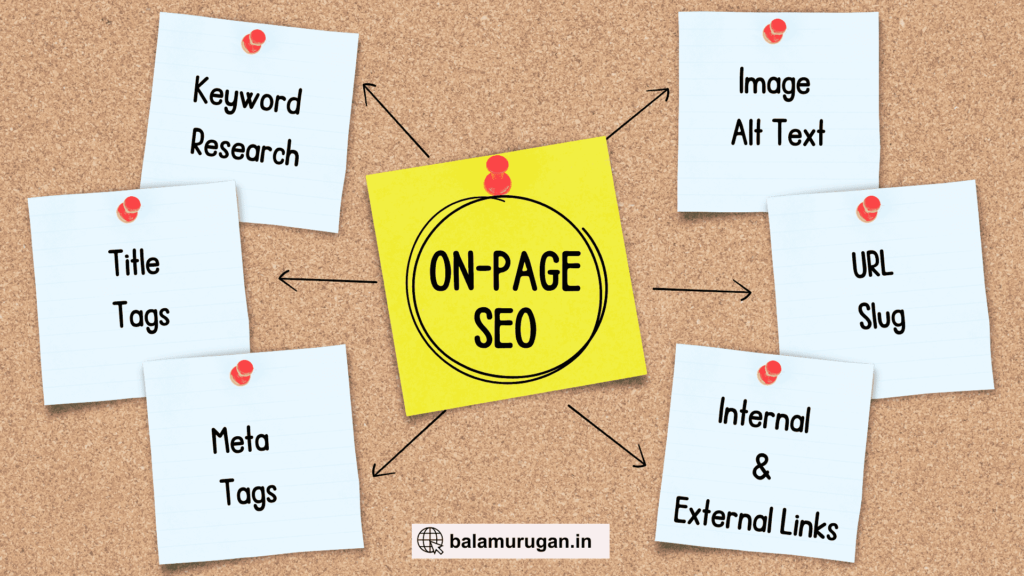
In SEO, on-page SEO stands as a fundamental pillar for website visibility and success. As search engines evolve, so do the techniques required to optimize a website effectively. This article covers the basics and techniques of on-page SEO and reveals the key components that will push your website to the top of search engine results.
Importance of On-Page SEO
On-page SEO is the practice of optimizing individual web pages to rank higher and earn more relevant traffic in search engines. Its importance lies in its ability to improve the user experience and make your content easier to find.
Key Components of On-Page SEO
From keyword optimization to content quality, on-page SEO involves several elements that work together to increase the overall performance of your website.
Keyword Research
Effective on-page SEO starts with meticulous keyword research. Identifying and targeting relevant keywords ensures that your content aligns with what your audience is searching for.
Title Tags
The title tag is your website and the first impression. Create catchy headlines that not only include your target keywords, but entice users to click.
Heading Tags
H1 Tags and Their Role
The H1 tag serves as the main heading of a page. Ensure it accurately reflects the content and contains your primary keyword.
Proper Use of H2, H3, and H4 Tags
Use heading tags hierarchically to structure your content. This not only improves readability but also helps search engines understand your page’s organization.
Quality Content Creation
Content is king, and quality matters. Create informative, engaging, and unique content that addresses the needs of your audience.
Optimizing Images for SEO
Image Alt Text and Descriptions
Optimize images by adding descriptive alt text. This not only helps search engines understand your images but also improves accessibility.
URL Structure Matters
Creating SEO-Friendly URLs
Craft clean and concise URLs that reflect the content of the page. Avoid using complex structures or unnecessary parameters.
Internal and External Linking
Benefits of Internal Linking
Internal links aid in navigation and distribute page authority throughout your website. Use them strategically to connect related content.
Choosing Quality External Links
When including external links, prioritize quality over quantity. Link to authoritative sources that add value to your content.
Mobile Optimization
Responsive Design
With mobile searches on the rise, ensure your website has a responsive design that adapts to various screen sizes.
Page Loading Speed
Importance of Speed for SEO
Page loading speed directly impacts user experience and search engine rankings. Optimize images, leverage browser caching, and consider content delivery networks.
Optimizing Page Loading Time
Regularly assess and optimize your website’s loading speed. Remove unnecessary elements and scripts that might slow down your pages.
Social Media Integration
Social media signals are a factor in search engine algorithms. Integrate social sharing buttons and encourage users to share your content.
In Conclusion , managing on-page SEO is an ongoing process that requires attention to detail and adapting to changes in the industry. By applying these basics and techniques, you can improve your website’s visibility, user experience and overall success in the digital environment.
Wow, what an engaging piece of content! I truly appreciate the depth of information and the fresh perspective it brings to the table. The insights presented here are valuable, and the writing style is both informative and captivating. Keep up the fantastic work!